PsychNewsDaily Publishers
100 Summit Drive
Burlington, MA, 01803
Telephone: (320) 349-2484
PsychNewsDaily Publishers
100 Summit Drive
Burlington, MA, 01803
Telephone: (320) 349-2484
Improving balance and coordination enhances daily activities, prevents falls, and boosts confidence for individuals of all ages through simple exercises focusing on strength and stability.
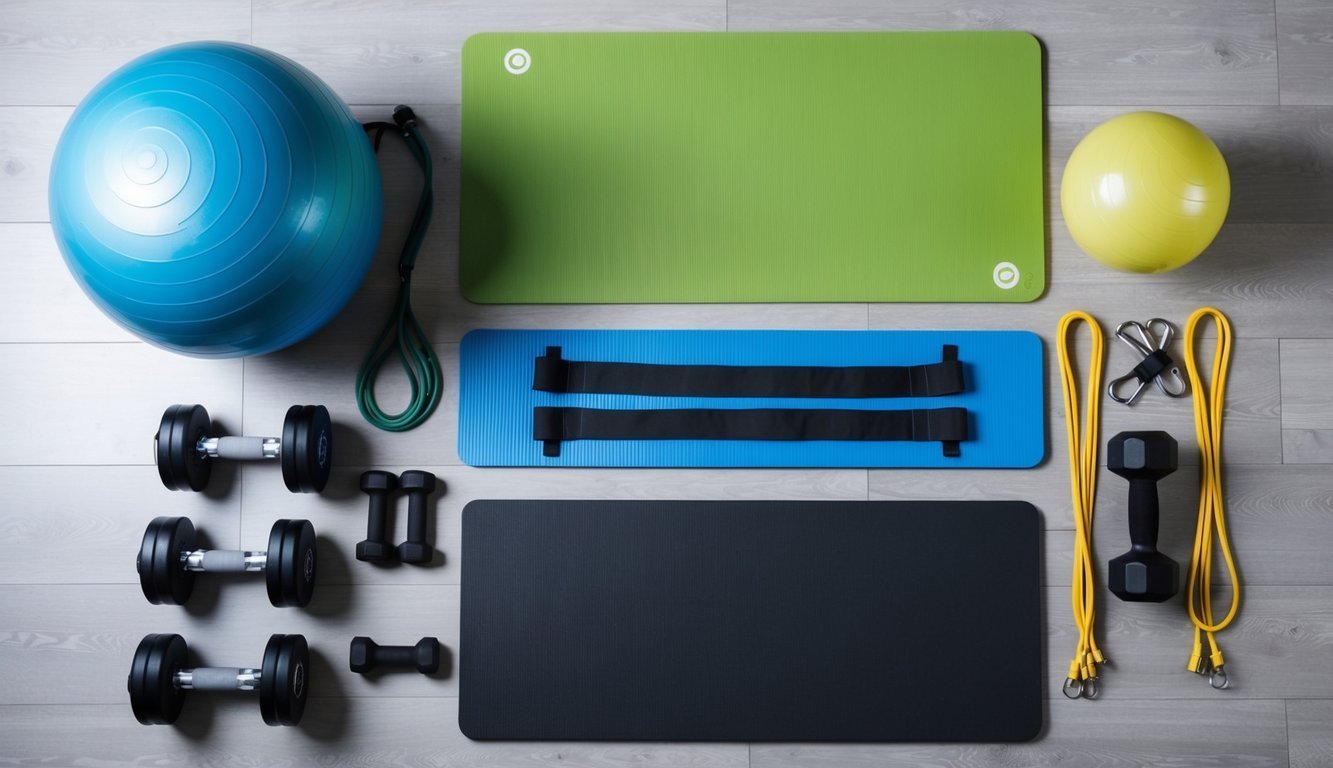
Improving balance and coordination is important for everyone, from athletes to seniors. It can enhance daily activities and help prevent falls. The 9 best exercises for improving balance and coordination can help anyone feel more stable and confident on their feet.
These exercises are simple and can be done at home or at the gym. They focus on various aspects of balance and strength, making them suitable for different fitness levels. By incorporating these workouts into a routine, individuals can notice positive changes in their coordination and overall wellbeing.
Whether looking to enhance performance in sports or just stay steady while walking, these exercises offer valuable benefits. Readers will discover how easy it is to work on balance and coordination, leading to a healthier and more active lifestyle.
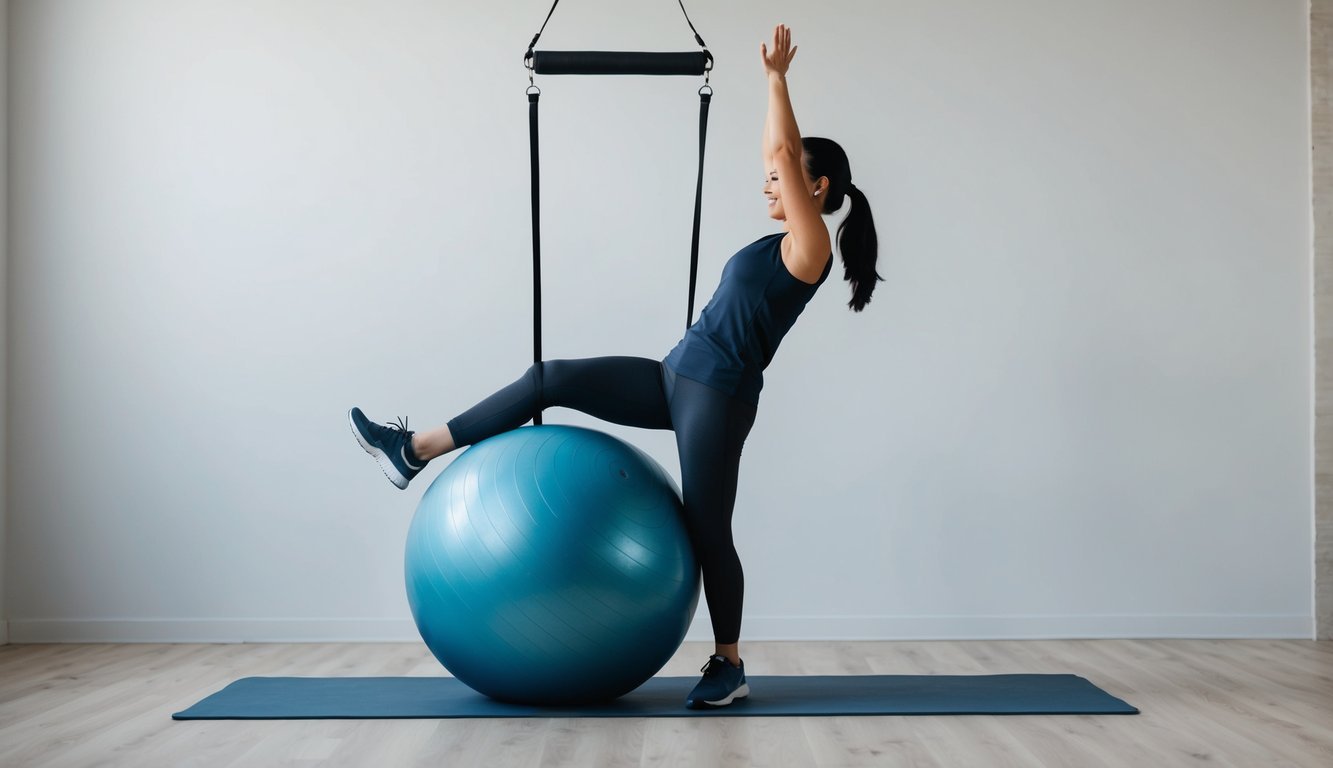
Balance and coordination are essential for daily movements and activities. They help maintain stability and prevent falls. Understanding how they work is important for everyone, especially for those looking to enhance their physical abilities.
Balance is the ability to maintain control of body position, whether standing still or moving. It involves the coordination of the brain, muscles, and sensory systems. Good balance is crucial for daily tasks, such as walking, running, or even standing up.
Key Factors of Balance:
Poor balance can lead to accidents, particularly in older adults. Regular exercises can enhance balance and improve overall body control.
Coordination refers to the ability to use different parts of the body together smoothly. It is important for completing various tasks effectively. Good coordination allows for better control when performing activities like writing, sports, or playing musical instruments.
Benefits of Coordination:
Practicing coordination exercises can also boost confidence and performance in physical activities. Incorporating simple drills can make a significant difference in daily life.
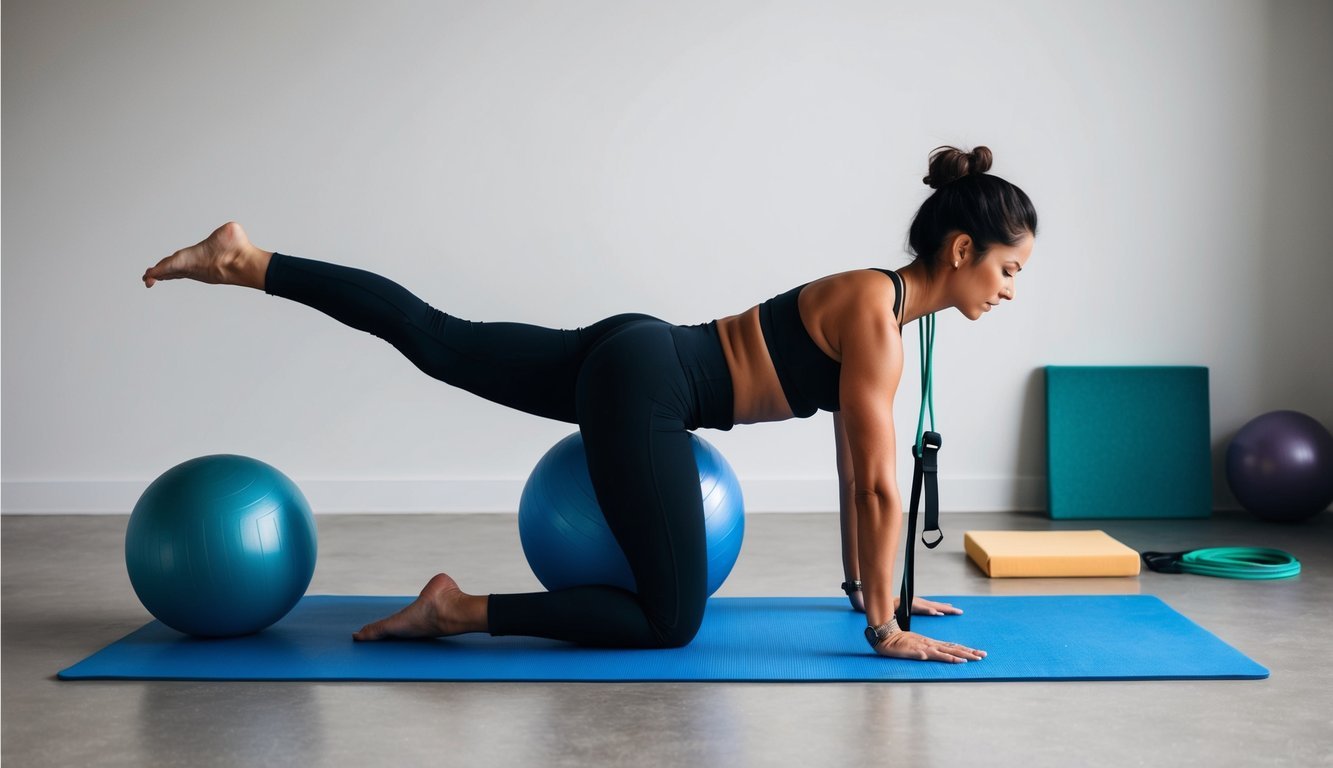
Improving balance and coordination involves different types of exercises. Focusing on standing movements, dynamic activities, and core strength helps build stability effectively.
Standing exercises are essential for enhancing balance. A simple and effective one is the one-leg stand. To perform this, a person stands on one foot with the other foot raised slightly off the ground. Keeping the hips hip-width apart aids in maintaining balance. They can hold this position for 10 to 30 seconds, then switch legs.
Another excellent exercise is the heel-to-toe walk. This involves walking in a straight line by placing the heel of one foot directly in front of the toes of the other. This exercise challenges balance and coordination. Practicing these exercises regularly can lead to noticeable improvements in stability.
Dynamic movements add complexity to balance training. Sideways walking is one such movement. By taking steps to the side, a person utilizes various muscles, improving coordination and stability. Keeping the feet hip-width apart while moving helps maintain balance.
Performing the grapevine walk also promotes coordination. During this exercise, individuals alternate crossing one foot in front and then behind the other while walking sideways. It encourages better body awareness and agility. Incorporating these dynamic exercises into a routine can lead to better movement control.
A strong core is vital for maintaining overall stability. Planks are an excellent exercise to strengthen the core. To do a plank, a person lies face down, then lifts their body off the ground, resting on their forearms and toes. This position must be maintained for as long as possible.
Another effective exercise is the bridge. Lying on their back with knees bent, a person lifts their hips towards the ceiling, engaging the core and glutes. This exercise not only strengthens the core but also improves balance. Regular practice of these core exercises enhances overall stability, making daily activities easier and safer.
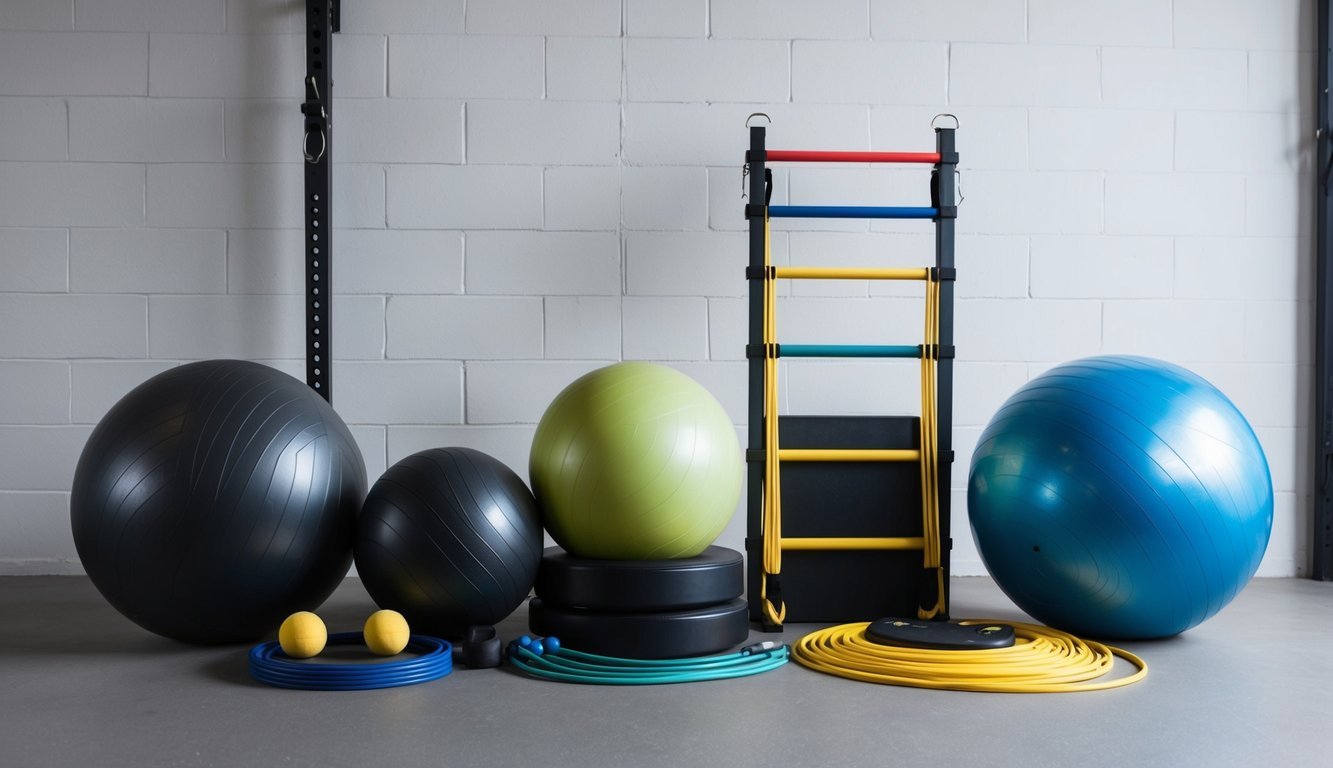
Advanced training techniques can greatly enhance balance and coordination. Incorporating methods like yoga, weightlifting, and tailored fitness routines can provide significant benefits, especially for older adults seeking to improve their stability and strength.
Yoga offers various poses that can significantly improve balance and flexibility. Some beneficial poses include:
Tree Pose: This requires standing on one leg and placing the opposite foot on the inner thigh. It strengthens the legs while enhancing focus.
Warrior III: Balancing on one foot and extending the opposite leg behind while lowering the upper body strengthens the core and legs.
Chair Pose: This involves bending the knees as if sitting in a chair. It builds strength in the legs and enhances balance.
Practicing these poses regularly can build stability and improve coordination, making daily activities easier.
Weightlifting is an effective way to enhance strength and stability. It helps in building muscle, which is vital for maintaining balance. Some essential lifts for improving balance include:
Deadlifts: Targets the back and legs, teaching control while lifting.
Squats: This exercise strengthens the core and lower body, crucial for balance.
Lunges: Helps improve balance by requiring stabilization through the legs.
Using proper form and starting with lighter weights can help individuals, especially older adults, ensure safety while reaping the benefits of strength training.
Creating a balanced fitness routine is essential for improving coordination. Key exercises to include are:
Heel-to-Toe Walk: This simple exercise involves walking in a straight line, placing one foot directly in front of the other.
One-Leg Stand: Balancing on one leg for as long as possible helps build core strength and stability.
Sideways Walking: Moving sideways engages different muscles and improves overall balance.
Incorporating these exercises into regular workouts enhances endurance and helps maintain functional stability for everyday tasks. Regular practice will see improvements in coordination and overall fitness levels.
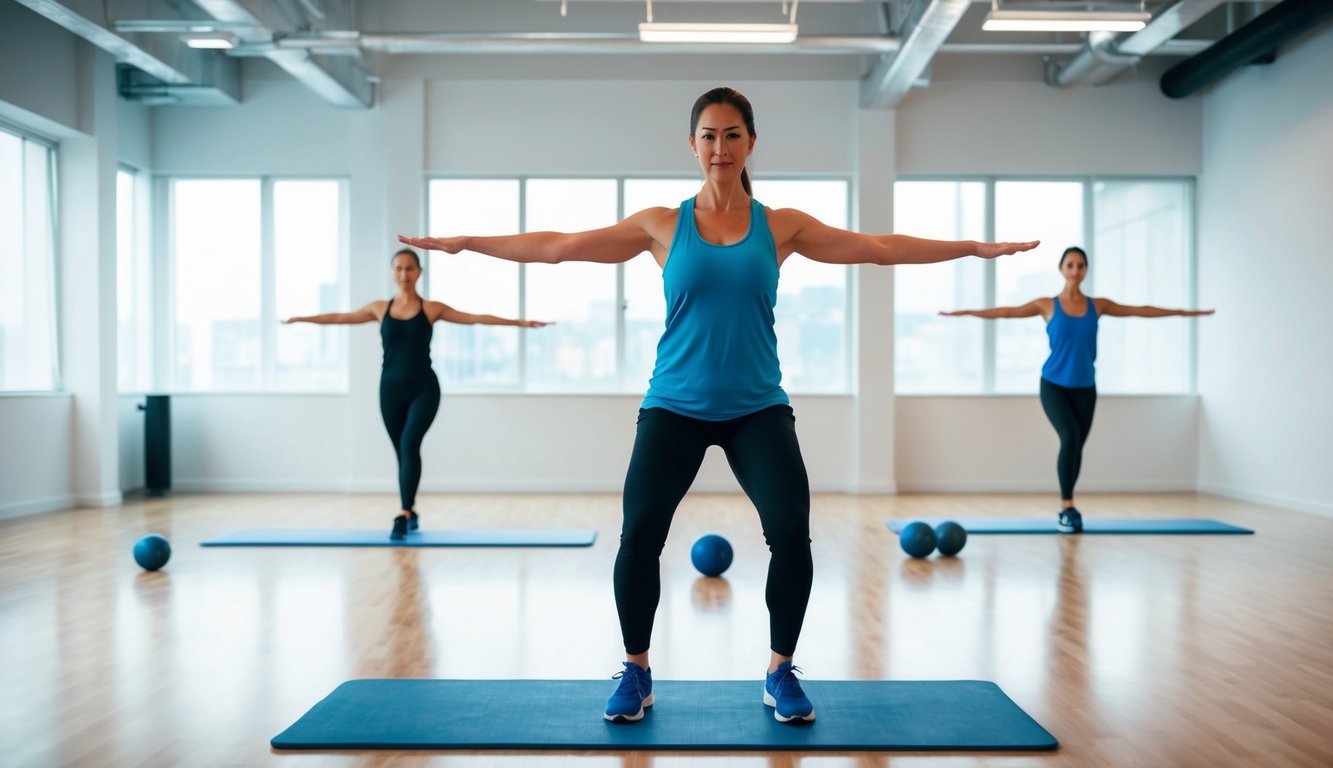
This section addresses common questions about balance and coordination exercises. It covers effective exercises for different skill levels and age groups, and provides practical tips for improvement.
Some effective home exercises include single-leg stances, heel-to-toe walking, and standing step training. These exercises can easily fit into daily routines and require little to no special equipment.
Exercise can enhance balance and coordination by strengthening muscles, improving flexibility, and increasing body awareness. By practicing specific movements, individuals can develop better control and stability.
Athletes might benefit from exercises like dynamic lunges, BOSU ball workouts, and tai chi. These activities challenge their stability while improving overall performance in their sports.
Elderly individuals can focus on exercises such as chair stands, toe raises, and seated leg lifts. These activities are gentle yet effective in promoting stability and preventing falls.
Practicing simple movements like walking, chair exercises, and gentle stretching can help improve balance for individuals over 70. Regular practice can lead to greater stability and confidence in daily activities.